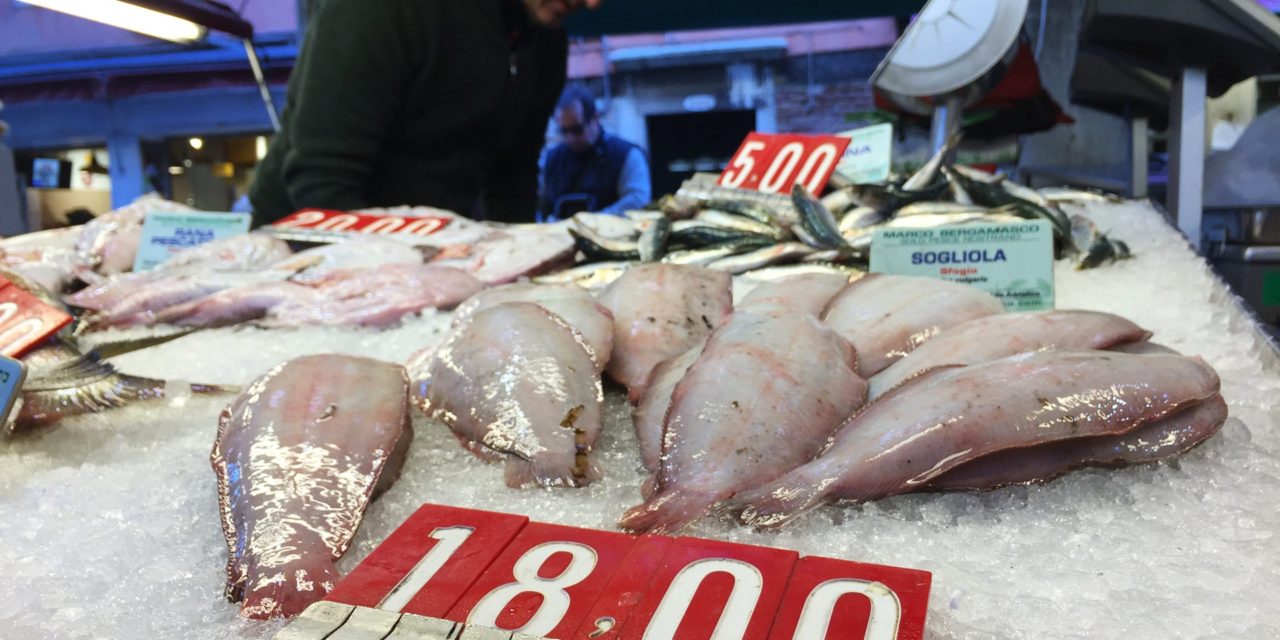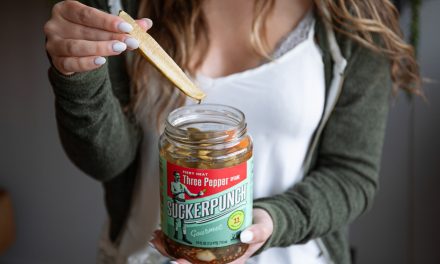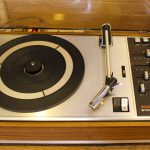When selecting, preparing, cooking and storing seafood, it is important to use proper food safety steps. Ensure Seafood Safety & Quality With Testing, Reduces Risk.
The whole world is consuming seafood while selling and demand of seafood are increasing worldwide. There are various seafood companies that are providing frozen seafood all over one of them is ‘Pacific Andes’ an Asian seafood company that associated with seafood trading internationally. People love to eat seafood because of its great taste. Many of you never bother about seafood hygiene and health but some consider health benefits of eating seafood. As a consumer, you need to have a sense of fresh seafood and consider the safety too.
Fresh seafood at the market should feel cold and not smell like dull fish. The consumer should know how to safely handle highly perishable fish and shellfish including storing, defrosting, preparing, cooking and then serving it. Seafood caught from deep oceans they may contain some toxic material which can be hazardous to your health. That is why checking for seafood safety is the first thing, as people are solely responsible for their safety. So there are some crucial points or checklists that you really need to know about seafood safety for you and your family health. Checkout some important guidelines –
Safe handling of seafood: The most important consideration for seafood consumers should be proper handling of seafood after buying it from supermarket to the home that is cleanliness, temperature and time. Always keep your hand and utensils clean also never let the raw seafood comes in the contact with cooked food.
Always check for the freshness and cold: Of Course while buying raw seafood, you need to activate your all senses so that you can see, smell and smell the freshness also can feel the cold when touched. As seafood are highly perishable items, make sure it should not smell like fish instead it should be like similar to the sea breeze.
Keep the temperature in consideration: As fresh frozen seafood are kept in certain fixed temperature that’s the reason it stays fresh for longer. While bringing seafood from market to home and then the fridge again can differ the temperature level that may affect the freshness. So keep in mind the temperature of air, refrigerator, freezer and cooking. Try to keep your food in between 40 degrees F to 140 degrees F also don’t forget the time limit as ‘Pacific Andes’ follows.
Store live seafood properly: try to store live shellfish like oysters, mussels in a shallow dish covered with damp towels or moist paper towels. While before cooking always scrubs the shells with stiff brush also don’t ever try to put live shellfish in water and airtight container.
Make seafood one-time use : As seafood are live creatures and highly perishable so always try to cook seafood on the same day you purchase it such as lobsters and crabs. You can store cooked seafood and that also need to be consumed within 2 to 3 days. Well, pasteurized crab meat can be refrigerated up to 6 months before opening but need to be consumed within 3 to 5 days after opening.
Always check the use by date: As commonly for general food items, consumers check for the manufacturing and expiry date on the package same goes for the seafood buying. Whenever you buy frozen seafood always check for the ‘use by’ date on the packet.
So ultimately, it is proven that only eating seafood is not enough instead you need to consider the safety that will only be done by keeping it clean, cool and moving. ‘Pacific Andes’ always follows these safety guidelines and also aware people about seafood safety. Therefore by following these guidelines, you can be confident about seafood safety

SEAFOOD SAFETY: WHAT CONSUMERS NEED TO KNOW by pacificandes is licensed under a
Creative Commons Attribution 4.0 International License.
Based on a work at https://www.articlesbase.com/news/seafood-safety-what-consumers-need-to-know.














Leave a Reply